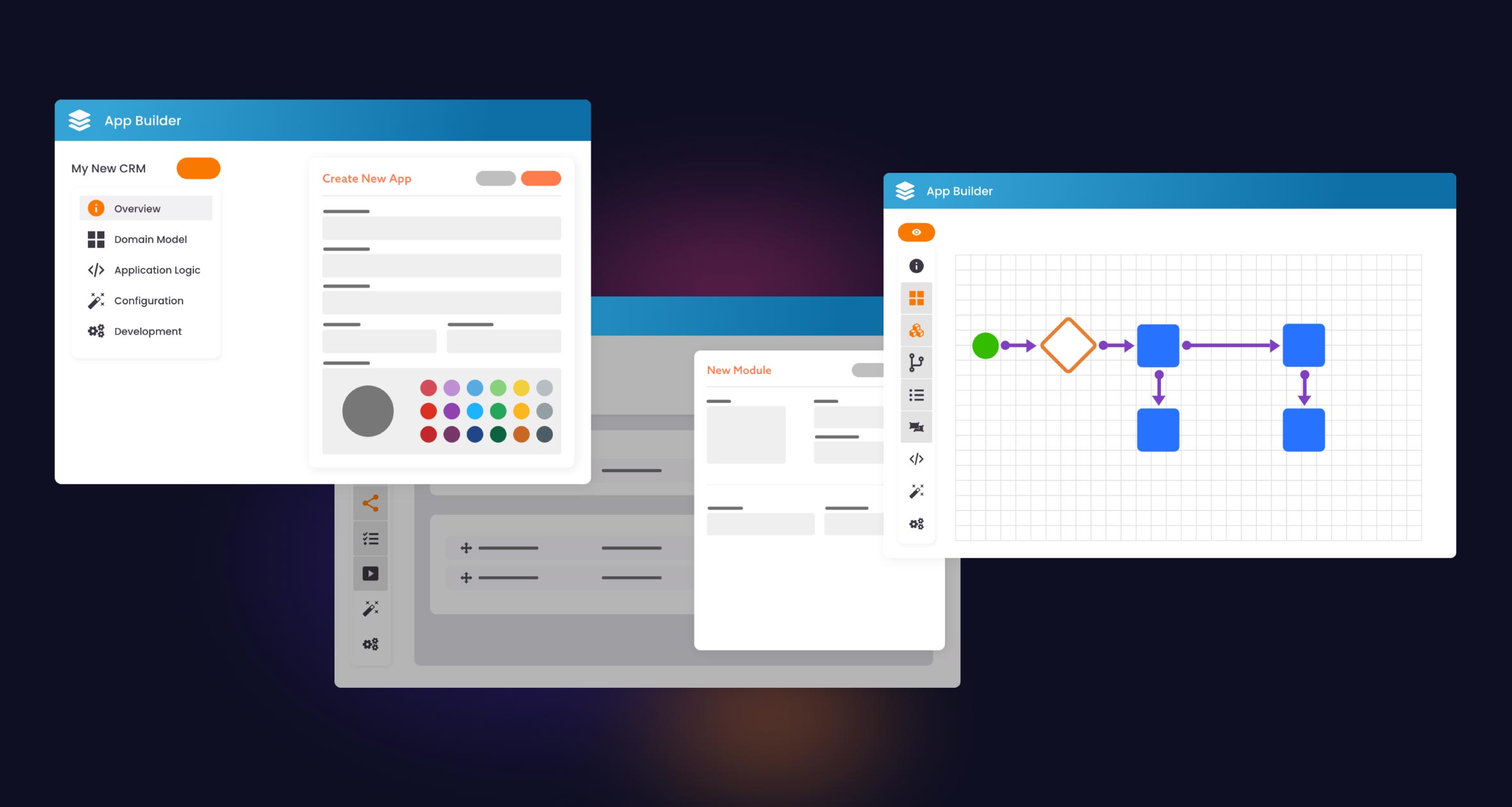Empower your Business Technologists with Low-Code Tools to Accelerate Digital Transformation
By Greg Belkin, Sr. Director, Product Marketing
Organizations looking to accelerate their digital transformation efforts are equipping their business technologists with the tools they need to innovate, create, and break down data silos while delivering IT-approved business applications. With this approach, business technologists are able to prioritize needs and solve critical challenges that may not take precedence for IT departments, but are still vital business imperatives.
What is a Business Technologist?
Gartner defines business technologists as “employees who report outside of IT departments and create technology or analytics capabilities for internal or external business use.” The research firm estimates that 41% of employees can be described as business technologists; they further state that empowering business technologists accelerates digital transformation efforts over 2.6 times faster.
What are the Advantages of Being a Business Technologist?
Business technologists solve significant challenges in their organization faster than others. They do this by embracing low-code application platform (LCAP) technology that allows them to accelerate the creation and delivery of “purpose-built applications” already pre-approved by IT. Business technologists can eliminate bottlenecks, keep operations running smoothly, and save time, resources, and money across their organization.
By taking an active role in the creation and delivery of these purpose-built applications, business technologists are also empowered to prioritize niche business problems for various people, roles, and functions across the enterprise.
6 Low-Code Use Cases (Delivered & Managed by Business Technologists)
1. Invoice Management Approvals and Rejections
Many organizations manually control their invoices to track their customer network. Unfortunately, these manual processes can slow down order processing and fulfillment, often hindering decision-making. Accelerated access to high-level data, such as invoice approvals and rejections, can make it easier to analyze existing supplier relationships. Business technologists can utilize low-code technology to provide more visibility into these decisions, such as creating an easy-to-read dashboard for trading partners to review approvals and rejections quickly. Increased viability provides easier decision-making, happier customers, and an accelerated fulfillment timeline.
2. Field Service Appointment Note Management
Many organizations rely on field-level interactions with customers to diagnose problems, recommend solutions, and keep customers engaged. Unfortunately, there are often numerous systems used to track customer data to make key decisions. Low-code solutions allow field service technicians and supervisors to easily access customer data integrated from CRM platforms, product data from ERP platforms, and case/ticket data to and from CRM and ITSM platforms through one simple interface.
3. Merchandise Product Information-Sharing
Many e-commerce and brick-and-mortar retailers offer wide selections of products for their customers. However, most products carry a lot of metadata, like descriptions, pricing, and branding guidelines, that must be made available to merchandise managers. This product metadata is often ad-hoc and loosely controlled by internal staff. When a decision is made to change any of this product data, for example, it can be a challenge to communicate with internal product owners to make said change. Low-code technology provides tools to create a single source of truth for product data that enables critical stakeholders to disseminate this information to others. It also provides the visibility to achieve granular control of critical product data for fast and efficient change management.
4. Lead Tracking
Lead tracking is integral to understanding how prospects engage with a company. Yet, the process can be complicated because significant data sources are often collected and analyzed, hindering fast decision-making. Marketing and sales teams must find a way to cut through the clutter and make quick conclusions about prospect intentions. Low-code technology provides the visibility needed to sift through extensive data collections and shine the light on a particularly sought-after piece of information, such as lead source, interest level, and other critical details. The result is a more informed and accurate sale – and happier customers, of course.
5. Customer-Facing Employee Data Management
Many retailers have numerous service agents that deal with customers daily. Those retailers may be unable to provide these agents with individualized access to Salesforce or another CRM tool. Low-code technology allows these organizations to provide visibility into sales-related data (such as sales orders or product-related details) for employees who typically work in these jobs.
6. Internal Asset Management.
When an individual joins an organization for employment, they are frequently provided with crucial assets such as laptops, mobile phones, and access cards. HR is commonly involved in this process to provide guidance as to which assets are appropriate for provisioning. With low-code technology, HR managers can easily submit suggestions to IT, IT can quickly review those suggestions, and there is a smoother onboarding process for new employees.
Learn more about Jitterbit’s low-code App Builder platform here.



